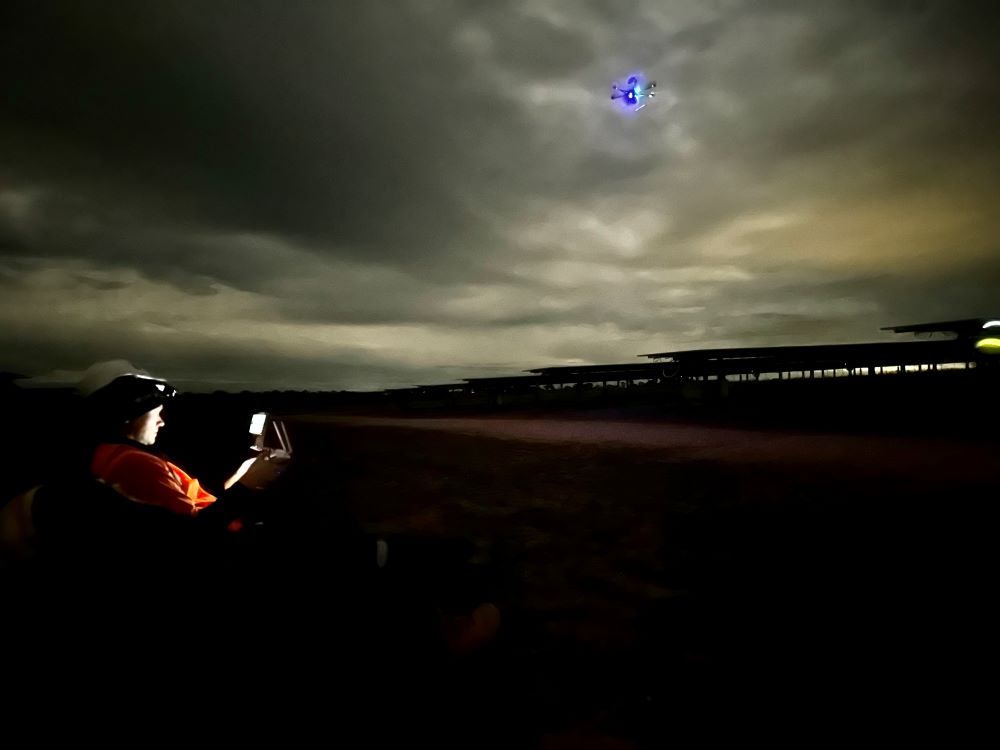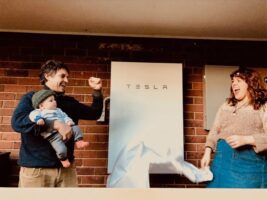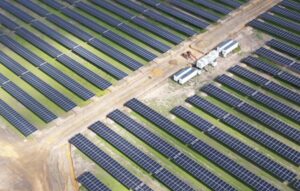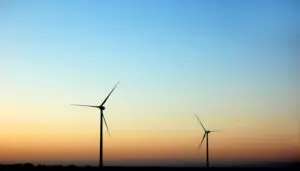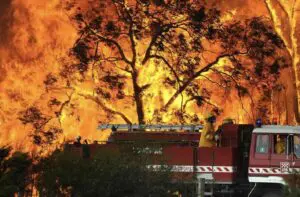Quality assurance company PV Lab Australia and tech company QE Labs have recently undertaken the first drone-based electroluminescence (EL) inspection to a solar farm in Australia.
While traditional EL inspections – a kind of x-ray but for solar panels – would only be done on a sample of a farm’s PV, the drone-based technique can analyse every single panel, rooting out faulty or damaged modules which look fine on the surface.
“Where you might have done a random sample before, now you can get a crystal-clear image of the quality of your entire solar plant, and any issues that you might be able to see,” Lawrence McIntosh, a partner from PV Lab, told RenewEconomy.
“Hail damage or degradation; handling, transport or manufacturing defects – all that now becomes easily visible.”
In May this year, PV Lab and QE Labs jointly did a EL drone inspection on 43,109 panels at a large solar farm. This was done over 9 nights, with over 36 hours of flight time.
The inspection needs to be done at night because the solar panels are operated in ‘reverse’, with the energy leaving the solar panels turning them into what McIntosh calls essentially ‘big, flat, infra-red LED lights’.
This allows the team to see any issues under the surface.

“The ability of drone EL mapping to accurately pinpoint problematic modules is a game-changer for us. We can now selectively replace the worst-performing modules, wherever they are in the plant,” the company said in a statement.
“This allows significant improvement of the overall system performance and for us to maximise our energy output.”
While traditionally PV Lab Australia would undertake the EL inspections inside a lab, the technology had to undergo a number of changes before being strapped to a drone.
“We run a lab in Canberra and we do this all the time in a lab. That’s got a camera that we hold really still, we’ve got it in a dark room, we also hold the panel really still and the photo might take 30 to 40 seconds to expose,” said McIntosh.
A drone on the other hand can’t be perfectly still, it needs to take the images in just a fraction of a second, and it needs to be small enough to fit on a drone.
“We really have to point to our partners, Singaporean QE labs for solving a great deal of these technical challenges.”
The thousands of images of solar panel data also leads to another issue though – how to analyse it.
“The sheer volume of data that can be collected now also needs to be handled in such a different way, because we’re talking about 1000s of images,” said McIntosh.
“That requires machine learning to analyse and assess what’s seen in the images. That needs to be trained by people but to get a person to look at 40,000 images would just not be practical.”
Also in May this year PV Lab Australia was one of six groups given funding by the ACT government to study why panels deteriorate in humid climates, and look at new ways to refurbish and assess the usability of used panels.

